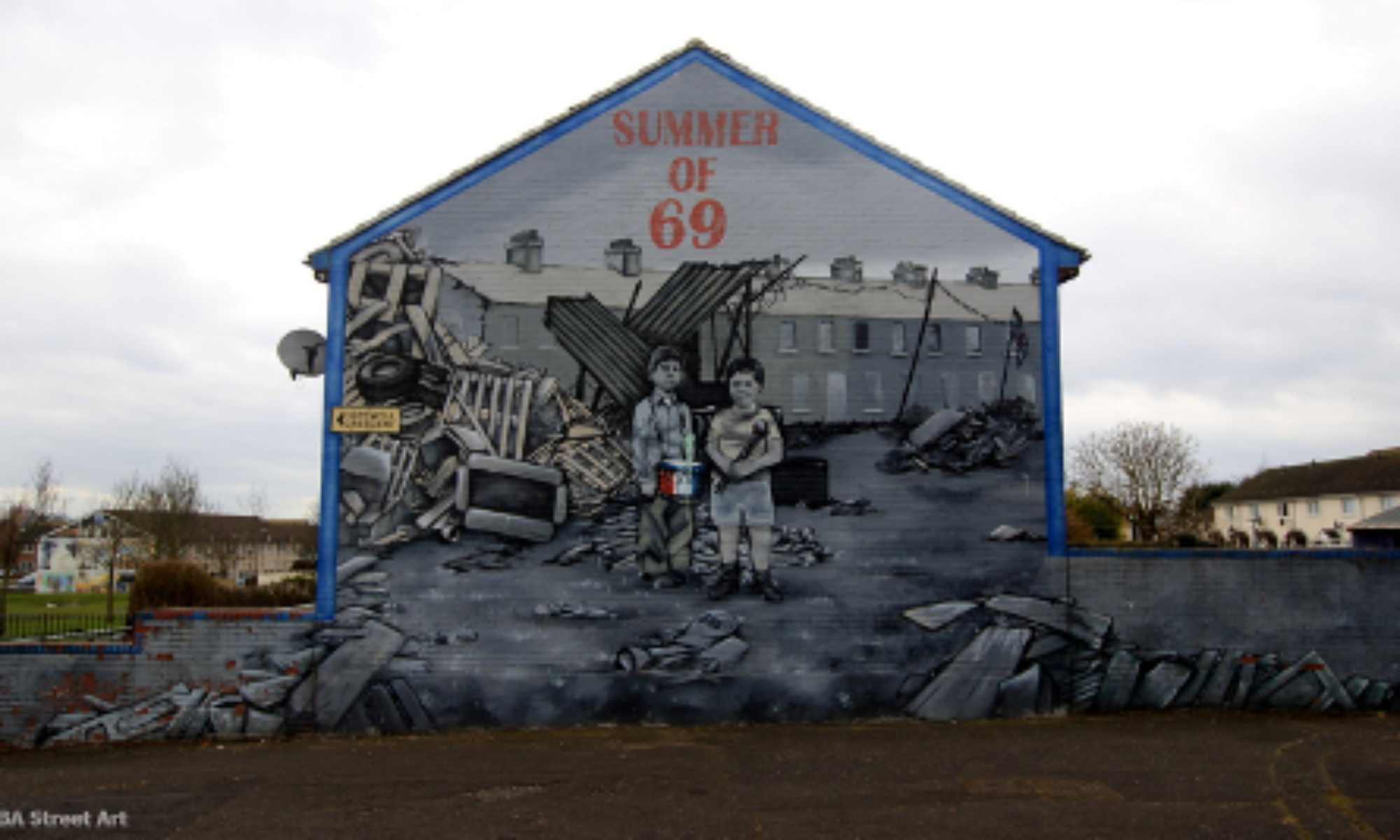As the semester has gone on, one of the most interesting and intriguing points for me that our literature has explored has been the idea of witness and how one interacts with and reacts to the events that are going on around them. Whether it be the Irish writers during the Troubles or the various American actors in the Civil Rights Movement, each person’s story that we have read and discussed has provided a different viewpoint into the conflicts and conversations going on at the time. Why did each person react the way they did?
If we want to have an answer for this question based on personal experience, we can look at 2020 to provide a perspective. Why do people go out and march on the streets for BLM? Why do people beg and plead for others to wear a mask and make socially distanced decisions? There is a motivation and a desire for some sort of change or call to action. As people, we see the world around us and want to make changes where we see injustices and wrongdoing. I argue, we want to see a world where justice and peace reign supreme. Each person will make choices and decisions so that they can achieve their view of a better world.
As we read, the Chicago 8 wanted to combat the injustice that they saw in the Vietnam War. MLK Jr. wanted to end the racial systemic injustices in the United States and advocate for a loving and peaceful solution to seek change in the racial relations of America. Bernadette Devlin and Eamonn McCann wanted justice in Ireland. Each of the people we read about saw the world around them and acted in hopes of making it a better place than the one they were experiencing at the moment. This insight into their lives was an interesting way to learn about 1968 and provided the most authentic representation of the times. With all of the strife, violence, and viewpoints of the long 68, these perspectives and real experiences allowed me to understand the different forces, movements, and people acting together at this point in time.
